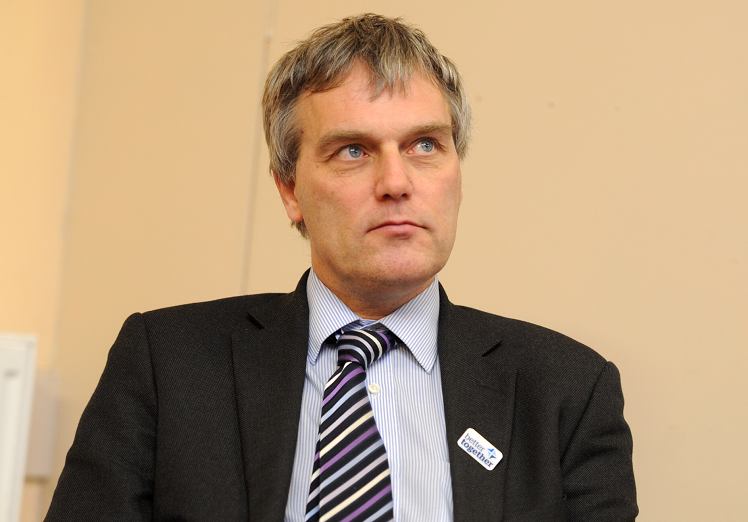Aberdeen City Council employees took more than double that national average number of sick days last year – giving it the second worst absence rate in Scotland.
New figures show that the average worker was off sick for 10.4 days last year – an increase of 0.1 days in the previous 12 months.
They also reveal 212 staff were off on long-term sick leave as of June with the highest number of people – 49 – off for “psychological” reasons.
An Office for National Statistics (ONS) report from February 2014 shows the average worker in the UK only took 4.4 days off through sickness the previous year.
The city council is now ranked 31 out of 32 authorities for sickness.
Last night Taxpayer Scotland criticised the authority for the figures, which emerged as councillors committed to look at ways to reduce sickness.
Members of the finance, policy and resources committee heard various ways the problem could be tackled, such as return to work plans and better preventive measures. They also agreed a list of the absence rankings should be drafted up so they can keep a close eye on the issue.
But Eben Wilson, of Taxpayer Scotland, said the sickness levels showed the marked difference in the public and private sectors.
He said: “Once again we can see that taxfunded organisations allow our money to be used ineffectively simply because the incentive to work hard and take responsibility seems to be missing.
“The answer is to make sure that all employees become enthused on the need to be productive and keen to serve their clients.
“Too often the public sector falls foul of this.”
Councillor Jennifer Stewart described the figures as “concerning” and asked if the absences were linked to stress, given the council’s struggle to recruit workers.
She said: “It really concerns me that our teachers, for example, are experiencing such high levels of stress.”
But finance convener Willie Young said the administration had made improvements and that some of the levels were “historic”.
He said: “The morale is vastly improved now that we have a stable council with no cuts and people don’t fear for their jobs as they used to.
“This can only help with people being off sick.”
